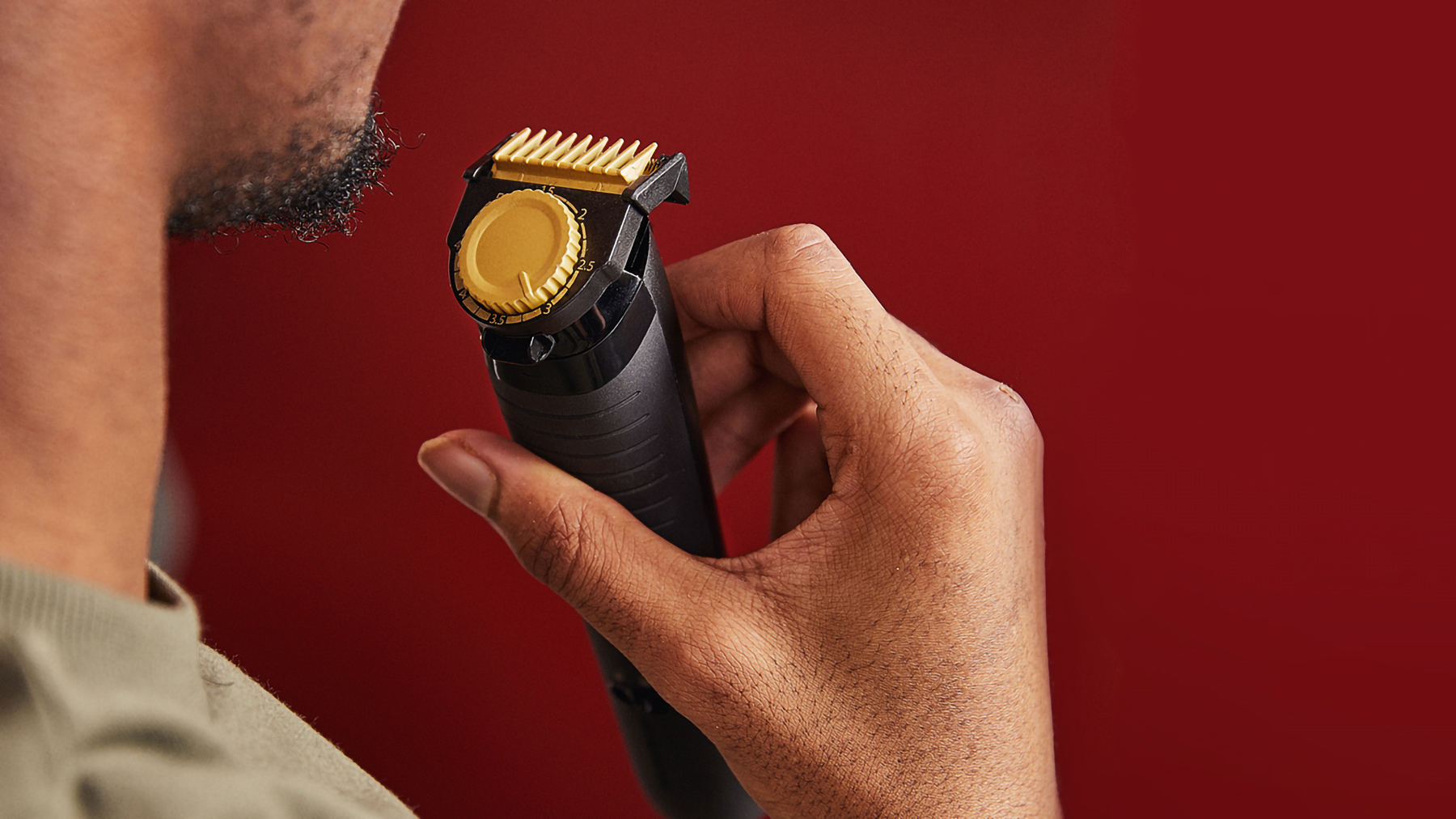Beard trimmer vs Hair Clipper: what's the difference and which one do you need?
Everything you need to know about hair clippers and beard trimmers, plus which hair-cutting appliance you need and when


Bethan Morgan
After lockdown made visiting the barbers almost impossible, many people had to invest in the best beard trimmers and the best hair clippers to tame their mane and facial hair at home.
This investment into hair-cutting appliances happened on a national scale, despite being able to head to the hairdressers more easily and frequently, many still prefer to trim their beard or hair from home. But a common oversight, however, is using a beard trimmer as a hair clipper or vice versa.
Both grooming tools look very similar, so you’ve got to be careful not to put the wrong item in your online shopping basket or start trimming only to land yourself a dodgy hairdo. To help you differentiate between the two and determine which one you need, here's everything you need to know about beard trimmers and hair clippers, including how they work and which one you need.
Beard trimmer vs hair clipper: design
Hair clippers and beard trimmers are similar in many ways. Both have a similar design, size and even branding, so one can often be mistaken for the other.
The primary difference between the two is the length and the size of the blade. This is the main design feature to look out for. Hair clippers are used to cut hair that is much longer so usually have bigger attachments that help them to adjust the length of the hair.
Beard trimmers, on the other hand, don’t always have adjustments and if they do, they usually come in smaller measurements – often in sizes between 1mm and 5mm. The blades that are used in beard trimmers are also much thinner and are designed that way to allow them to work with greater detail on short hair and stubble in areas around the neck and chin.

Beard trimmer vs hair clipper: usability
While trimmers and clippers can appear almost identical in appearance, they are intended to be used in completely different scenarios. A clipper is for bulk hair cutting on larger areas, but does not cut extremely close to the skin. In comparison, a trimmer is designed for edging, outlining, dry shaving and light shaping on smaller areas such as the back of the neck, around the ears and sideburns.
Get all the latest news, reviews, deals and buying guides on gorgeous tech, home and active products from the T3 experts
To find out more, I spoke to hair expert, consultant and stylist, Lisa Brown, who explained the different uses and warned men to never use the devices interchangeably.
“Hair clippers are not only more robust and powerful – making it easier to control when cutting the hair – but they have a wider head to cover a larger area,” she explains. “Beard trimmers are much smaller and ideal for covering the face area, making it easier for trimming around the nose and mouth. It would literally take twice as long to do a hair cut with a beard trimmer.”
Dropping some useful pearls of wisdom, she adds: “When using hair clippers, always start on the longer grade and be careful – it’s very easy to make mistakes and exceptionally difficult to rectify them, especially when you’re tackling it by yourself.”

Beard trimmer vs hair clipper: which one do I need?
While it might seem silly to some about whether you should pick a beard trimmer or hair clipper, it can get confusing at times. For example, if you're trimming your beard, can you also use the same trimmer to do your sideburns or is it a clipper you should use instead?
So, let us break it down for you: if you're trimming your beard, moustache, under the chin and shorter sideburns, it's a beard trimmer that you'll want to use. But if you want to give yourself an at-home hair cut or tame your long mutton chops, you're better off going with a hair clipper, as this kind of device is better suited for longer and thicker hair.

Lee Bell is a freelance journalist and copywriter specialising in all things technology, be it smart home innovation, fit-tech and grooming gadgets. From national newspapers to specialist-interest titles, Lee has written for some of the world’s most respected publications during his 15 years as a tech writer. Nowadays, he lives in Manchester, where - if he's not bashing at a keyboard - you'll probably find him doing yoga, building something out of wood or digging in the garden.
- Bethan MorganHome Editor